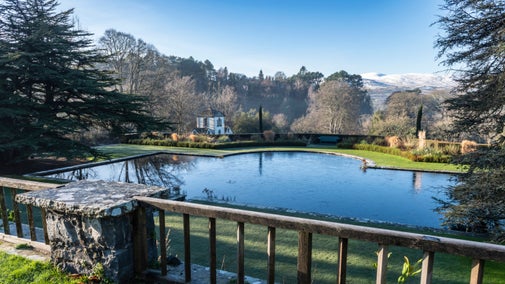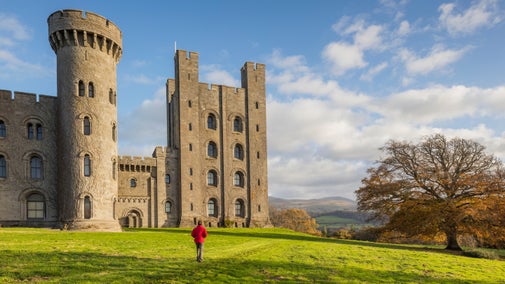
Discover more at Conwy Suspension Bridge
Find out when Conwy Suspension Bridge is open, how to get here, the things to see and do and more.

Discover a hidden gem, Thomas Telford’s elegant suspension bridge that spans the Conwy River and see the outside of the toll-keepers house and garden. See how trade and travel brought Conwy to life.
In the 1890s a family of six lived in the toll house, taking the tolls for the bridge 24 hours a day seven days a week.

David and Maria Williams kept Thomas Telford's bridge open every day of the year and Maria took in washing from around the town of Conwy to make extra money to support the family. David created a vegetable garden and they sold any surplus food to people crossing the bridge. An early example of a cottage garden industry.

Find out when Conwy Suspension Bridge is open, how to get here, the things to see and do and more.
Conwy Suspension Bridge is featured in the beautifully illustrated book, '60 Remarkable Buildings of the National Trust', written by one of our expert curators. Buy the book to learn more about five remarkable buildings in Wales, as well as other fascinating structures across England and Northern Ireland.

Visit a world-class garden in Wales at Bodnant Garden and enjoy 80 acres of formal gardens, woodland and meadows and botanical collections from around the globe.

Penrhyn Castle is the former home of the Pennant family built on the proceeds of the North Wales slate industry and sugar plantations in Jamaica.
